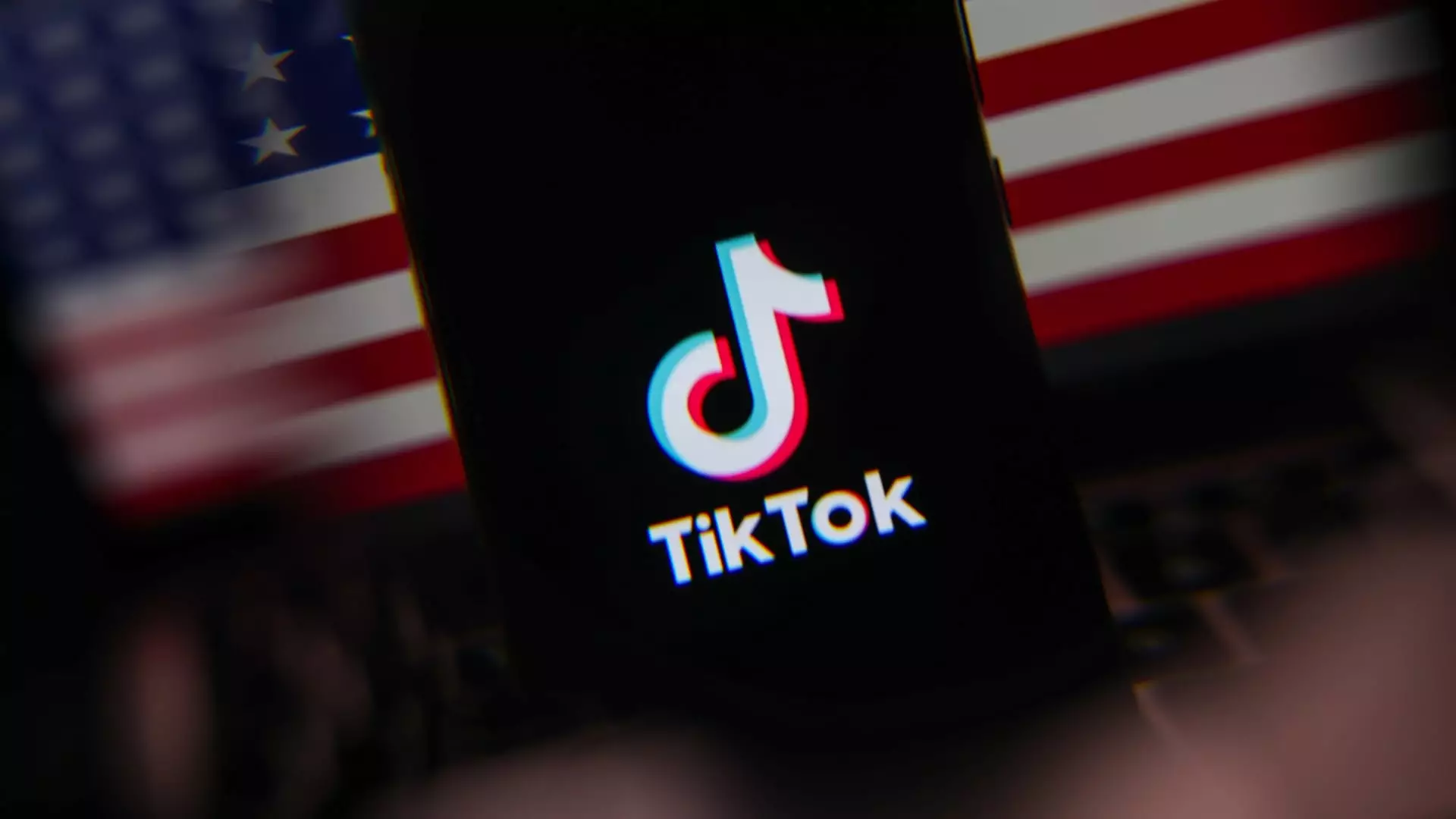TikTok, the popular short-form video platform owned by Chinese company ByteDance, made a significant comeback to the Apple and Google app stores on a Thursday evening after being removed on January 18. The abrupt withdrawal was a direct response to a national security law that sought to compel ByteDance to divest its U.S. operations by a specified deadline. This legislative action created a ripple effect, leading TikTok’s leadership to temporarily halt services in the United States, thereby raising questions about the future of the app in a region where it boasts over 170 million users.
Legislative Pressure and National Security Concerns
The reappearance of TikTok in digital storefronts marks a pivotal moment amidst mounting legislative pressure. The Protecting Americans from Foreign Adversary Controlled Applications Act, signed into law by former President Joe Biden in April, mandated strict measures against apps owned by foreign adversaries, particularly concerning privacy and data security. The law intended to mitigate perceived threats posed by ByteDance’s ownership due to its links to the Chinese government, prompting fears about user data potentially being compromised or misused.
The complex legal landscape surrounding TikTok became apparent when the Supreme Court sided with the Biden administration, affirming Congress’s stance that a forced divestiture of TikTok’s U.S. operations was essential for safeguarding national security. The court emphasized concerns regarding the app’s data collection practices and the opaque nature of ByteDance’s relationship with the Chinese government. This ruling solidified the legal basis for the government’s push against TikTok, yet the platform vehemently contested the decision, framing it as a violation of the First Amendment rights of its American user base.
The Political Chess Game
The back-and-forth between TikTok and the U.S. government resembles a high-stakes chess game, where political maneuvers significantly influence the platform’s viability. Amidst threats of a shutdown, TikTok’s fate turned when President Donald Trump intervened. On his first day in office, he signed an executive order extending the deadline for ByteDance’s divestiture by 75 days, thus delaying immediate enforcement of the ban. Trump’s proposition to establish a joint venture reflecting a U.S. ownership stake highlighted a potential compromise, suggesting an inclination to keep TikTok operational under U.S. oversight.
This intricate interplay between digital sovereignty and user freedoms exemplifies the challenges arising at the intersection of technology and geopolitics. Even after nearly a month of inactivity, TikTok reportedly regained about 90% of its pre-ban traffic, as highlighted by CNBC. This resilience underscores the platform’s role in American culture, revealing that the appetite for short-form content remains robust, irrespective of the geopolitical complexity surrounding its ownership.
As TikTok rejoins the ranks of available apps, the larger discourse on foreign tech companies operating within U.S. borders continues. The ongoing tensions between providing users with open platforms and addressing legitimate national security concerns create a balancing act that policymakers must navigate with care. The ultimate path forward for TikTok remains uncertain, hinging on future legislative actions, public sentiment, and broader geopolitical dynamics. The stakes have never been higher, not just for TikTok, but for the future of digital platforms in a rapidly evolving world.


Leave a Reply